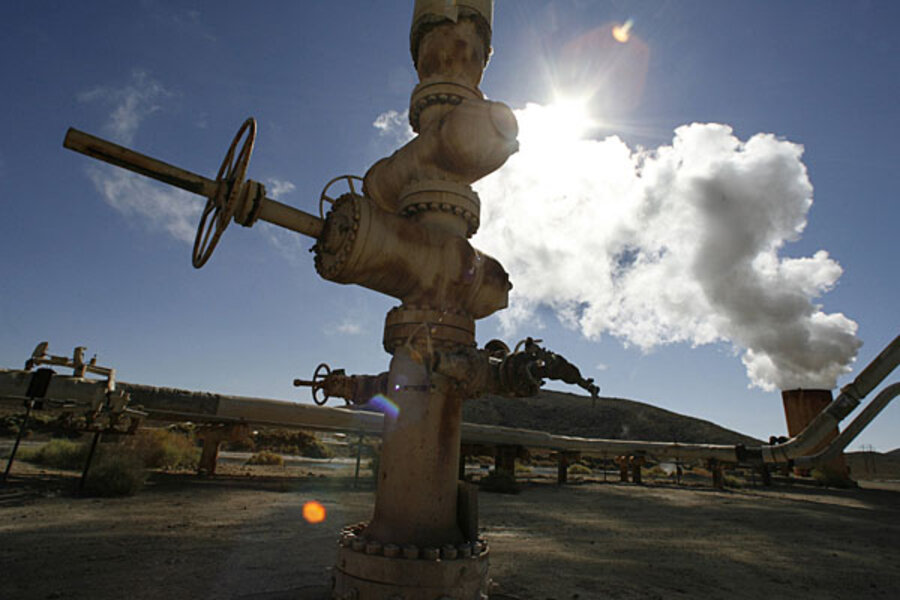Scientists identify massive geothermal hotspot in Utah
Loading...
Following two full years of study, scientists have confirmed that they have identified a huge geothermal hotspot in Utah, presenting the possibilities of exploitation of the find for cheap energy production purposes.
The area in question, covering an area of about 100 square miles, lies in Utah’s Black Rock Desert basin, south of Delta. During the two-year study, researchers drilled nine deep wells in the basin in an effort to confirm that water at very high temperatures was close enough to the surface to be manipulated, potentially allowing it to be converted relatively easily into steam to be used to generate electricity. (See more: World Energy Consumption Facts, Figures, and Shockers)
Rick Allis, director of the Utah Geological Survey, will report his team’s findings on the site to the energy industry at next week’s annual meeting of the Geothermal Resources Council in the hopes that it will generate interest among developers. The site itself offers particular benefits given its state of industrial development, including a large wind farm and a major transmission line currently serving a nearby coal-fired power plant.
“Our next step is to get (geothermal energy investors) interested in moving forward to develop this resource,” said Allis. (See more: Renewable Energy — Facts and Figures)
Karl Gawell, president of the Geothermal Energy Association, is expecting positive results from the release of the “exciting” news, citing potential breakthroughs in the way that humanity powers its societies if the site can be properly exploited. The local benefits are not lost on Gawell, either.
“It’s exciting for Utah, too, because it could eventually generate a lot of jobs and economic growth,” he said.
Source: Scientists Identify Massive Geothermal Hotspot in Utah







